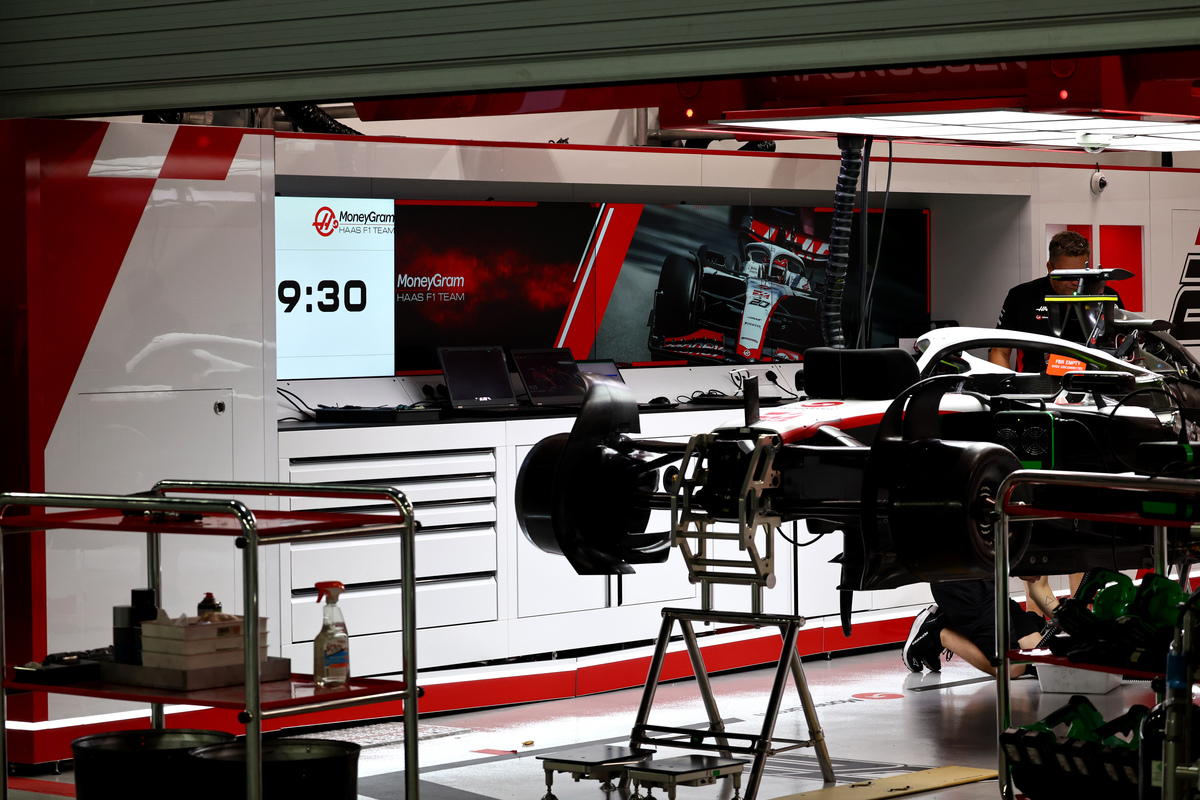

Haas will introduce the biggest upgrade the team has ever deployed in its F1 history when the circus reaches Austin next month.
The United States will see the team introduce an upgrade that marks a change in concept for the American-registered operation.
It comes in response to the team reaching a development cul-de-sac with its current concept, forcing it to change its approach to make further gains.
Haas has enjoyed strong single-lap pace at times through the season but has struggled to translate that into race pace.
The car has been plagued by high tyre degradation with engineers struggling to make inroads thus far.
To address that, Haas will adopt a ‘downwash’ concept with its car, bringing it inline – as best it can with the current chassis – with class leader Red Bull.
“It’s going that direction,” team boss Guenther Steiner confirmed.
“I think we got out whatever we could to go to the downwash option. I think we cannot push it any further.”
To fully integrate a downwash solution requires a significant overhaul of the car, something that can’t be done in the time remaining this season.
Instead, it will attack the problem in much the same way Ferrari has, opting instead for a hybrid that uses the philosophies within the limitations of its current package.
Haas works closely with Ferrari, buying in as many components as possible, though Steiner argues the team still has significant freedom to create its own solution around those elements.
“Obviously we need to go close to them, but the side impact structure, we could have put that somewhere else if we wanted but we put it very similar because that concept we are running right now asked for the side impact structure to be where it is,” he explained.
Those changes are set to happen over the European winter in time for next season, with work being undertaken now aimed at feeding into that project.
That has seen the 2023 car sacrificed to an extent, with the team opting not to invest in upgrades and instead spending its resources on designing the forthcoming upgrades.
“The plan was to have more upgrades with the concept we have now,” he said.
“But because we didn’t find performance, we didn’t… We didn’t introduce upgrades this year because we didn’t want to make them – there was no performance.
“It’s no point to make car parts if the car doesn’t go faster.
“So because we haven’t spent that money, we can now spend it on this big upgrade.”
Asked plainly if that amounted to the biggest change in the team’s history, Steiner responded simply “Yes.”
“We weren’t sure; should we do it this year or not,” he explained.
“Next year we go full that route, so we had to say ‘let’s do something this year so at least learn as much as possible on that concept, and maybe learn something which we can then integrate into next year’s car as well.”





















Discussion about this post